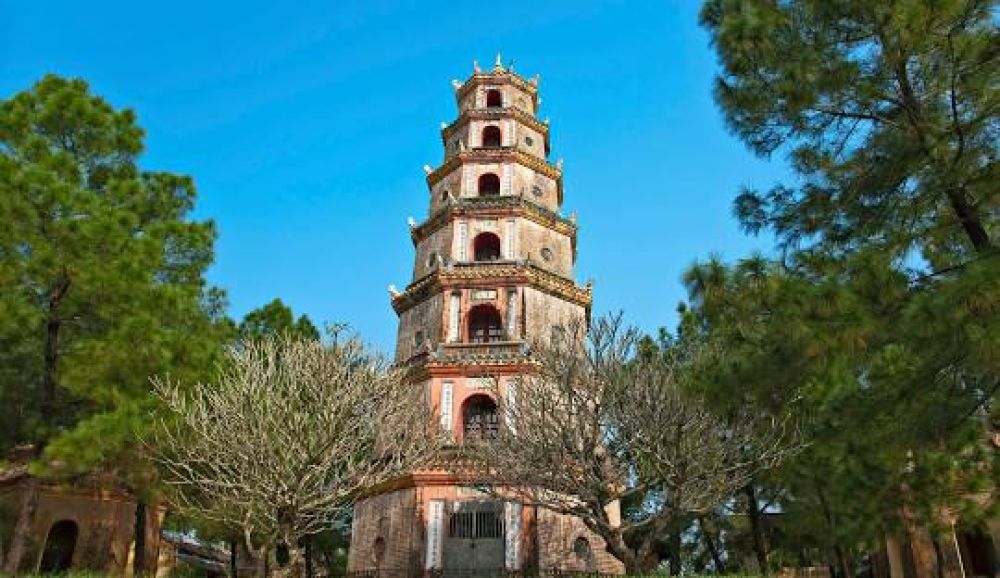

As the ancient imperial capital of Vietnam, Hue has long been a place of significant cultural and historical importance. The city's tourism history started gaining international attention after the establishment of the Nguyen Dynasty in 1802, when Hue became the nation’s capital and the political, cultural, and religious center. Over the years, emperors of the Nguyen Dynasty created many architectural wonders, which have become a magnet for modern-day tourism.
Tourism in Hue is deeply rooted in its history as the home of the Nguyen Dynasty, which lasted until 1945. Tourists have been drawn to Hue's fascinating history and the grandeur of its historical sites, including the Imperial City with its palaces and shrines, the Forbidden Purple City, and the original tombs of the emperors.
Hue's profile as a tourism destination was significantly enhanced in 1993 when its complex of historic monuments was designated a UNESCO World Heritage Site. This recognition brought an increased global awareness, with tourists flocking to witness Hue's unique blend of feudal heritage and natural beauty.
The tourism industry in Hue was significantly impacted by the Vietnam War, notably during the Tet Offensive of 1968, where some of the city's ancient architecture suffered damage. Yet, with the war's end and Vietnam's opening to the world economy in the late 1980s and early '90s, Hue began to revive its tourism sector, rebuilding many of its historic sites and promoting its rich heritage to international travelers.
The recent history of tourism in Hue has seen continued development with a focus on preserving cultural norms and historical integrity while improving infrastructure to cater to the needs of visitors. Efforts include the establishment of tourist information centers, regular cultural festivals such as the biennial Hue Festival, and support for traditional crafts and cuisines.
In addition to the enduring appeal of its historical sites, Hue has recently been promoting eco-tourism opportunities. Tourists are encouraged to explore the natural landscapes surrounding Hue, such as the pristine Tam Giang Lagoon and the picturesque Bach Ma National Park.
In response to global travel trends, Hue is increasingly focusing on sustainable and responsible tourism. There is a trend towards immersive travel experiences, where tourists partake in cultural activities, such as Vietnamese cooking classes or attending a traditional Hue music performance. Additionally, Hue leverages technology through virtual tours and online travel guides to help tourists plan their visits and learn more about the city's offerings.
The history of tourism in Hue, Vietnam, is as colorful and layered as the city's imperial past. Maintaining its cultural essence while adapting to modern tourism trends, Hue continues to be a captivating destination for travelers eager to experience Vietnam's regal history and vibrant traditions.